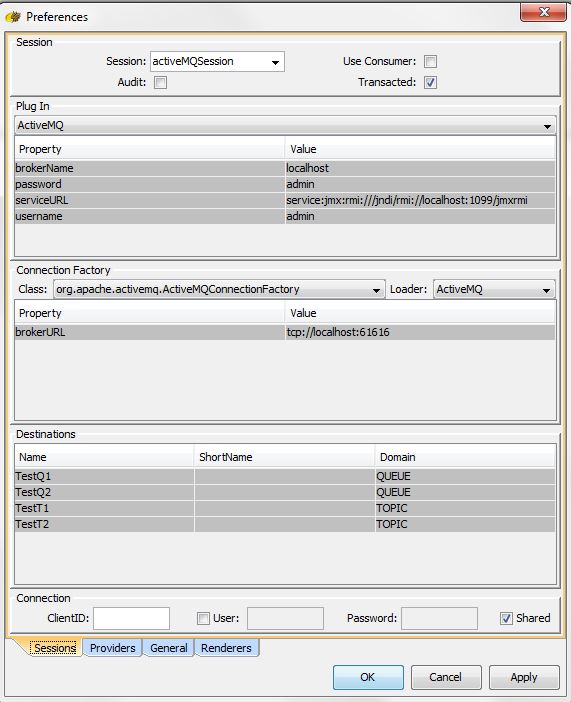

This document assumes the use of Windows and EMS 8.x. No need to be fancy, just an overview.This document contains a description on how to access a TIBCO EMS queue via the Java API. Also it has options to grant agent some additional rights, find in the docs.įor training on TIBCO EMS mail us at 2017 If is not included, the agent uses ‘admin’ ad username and an empty password. ems-server-username – the username used to connect to the tibemsd, ems-server-password – used with ems-server-username to connect to the tibemsd. It is possible to provide a username and a password to connect to the EMS. # emsca agent create rhl01 name=agent_EMS-SERVER1 path=/ems-server1.emsserver url=tcp://10.2.148.82:7222Ĭreated agent on deployment server 'rhl01'

Now creating a new central administration agent. Deployment server is one per project, can be one for many EMS.Ĭreated directory 'rhl01' in the repositoryĬreated directory /opt/tibco/ems/ca/1.0/servers/rhl01Ĭreated configuration file '/opt/tibco/ems/ca/1.0/servers/rhl01/conf/configuration.xml' Next step is to create a new deployment server. Starting TIBCO EMS Central AdministrationĪnd check Apache logs in the /1.0/httpd/logs folder. Owner should be the same user as running apache (‘nobody’ in my case). Next check/set owner for the repos and tempSubversion’s folders: Adding Subversion users and change folders owners:.Then prepare users file, I will define the ‘admin’ user only: Perhaps it is good idea to call this file from the user’s profile or add content of this file to the profile Īnd make sure that user and group ‘nobody’ are in the system Environment variables from the file /1.0/bin/setenv must be set.

When installation is complete, it is necessary to do some post installation tasks: TIBCOUniversalInstaller-lnx-x86.bin, accept the license agreement, create a new or select an existing environment.


 0 kommentar(er)
0 kommentar(er)
